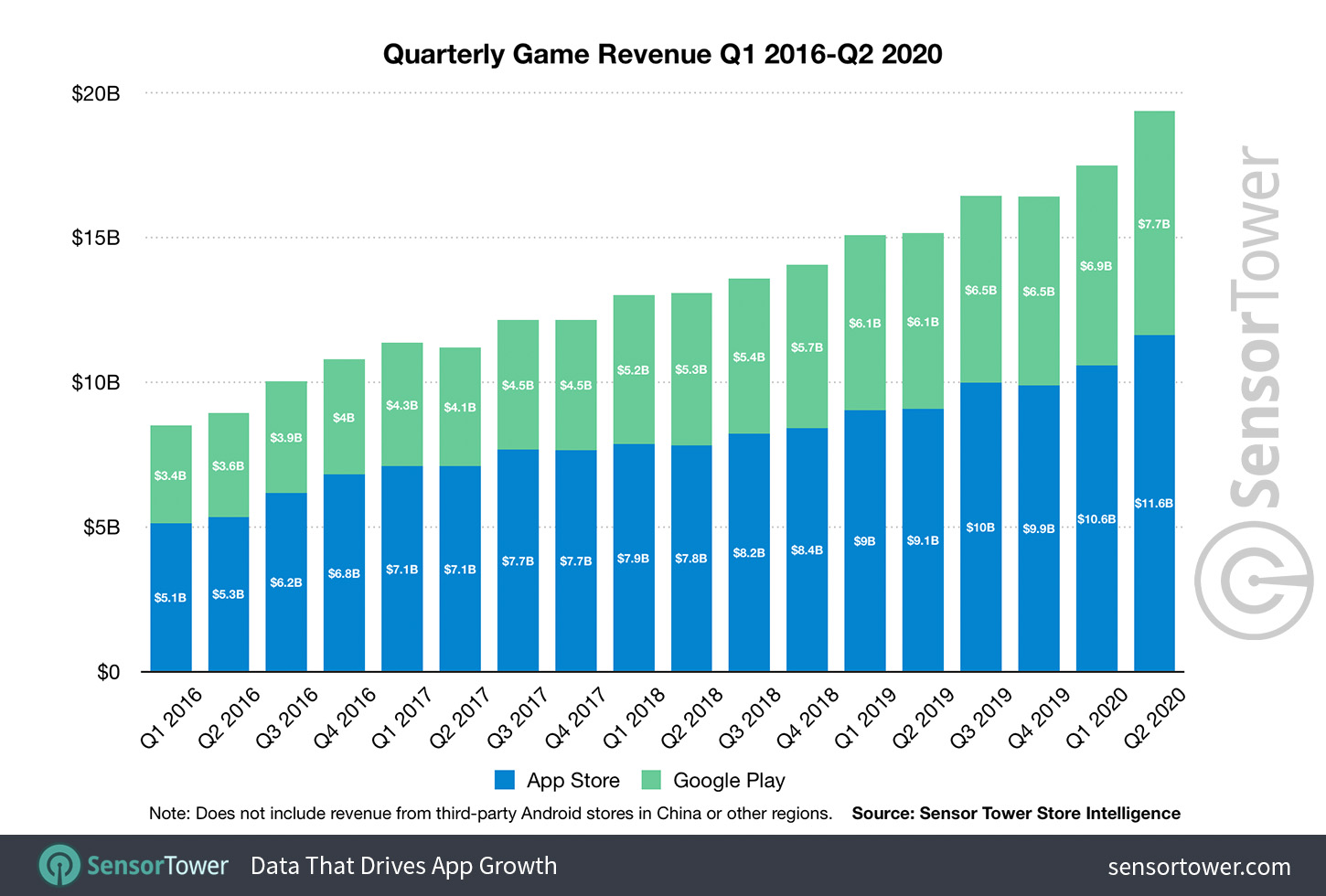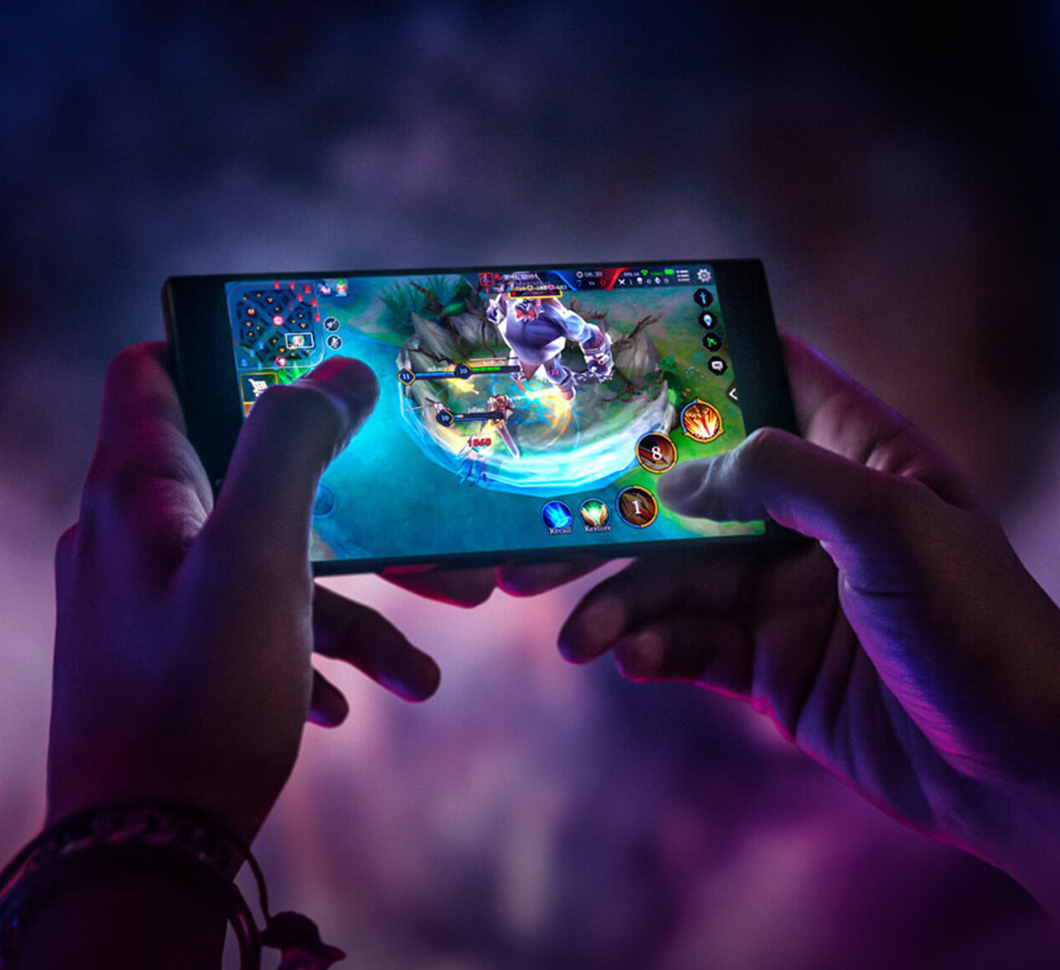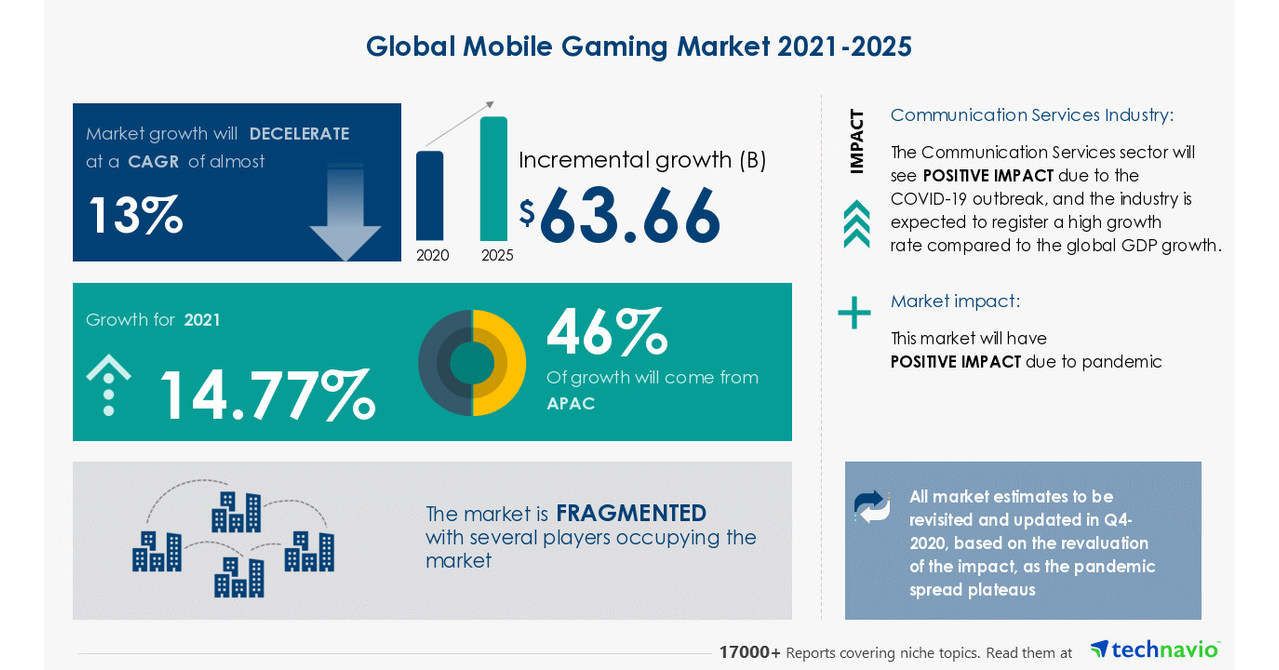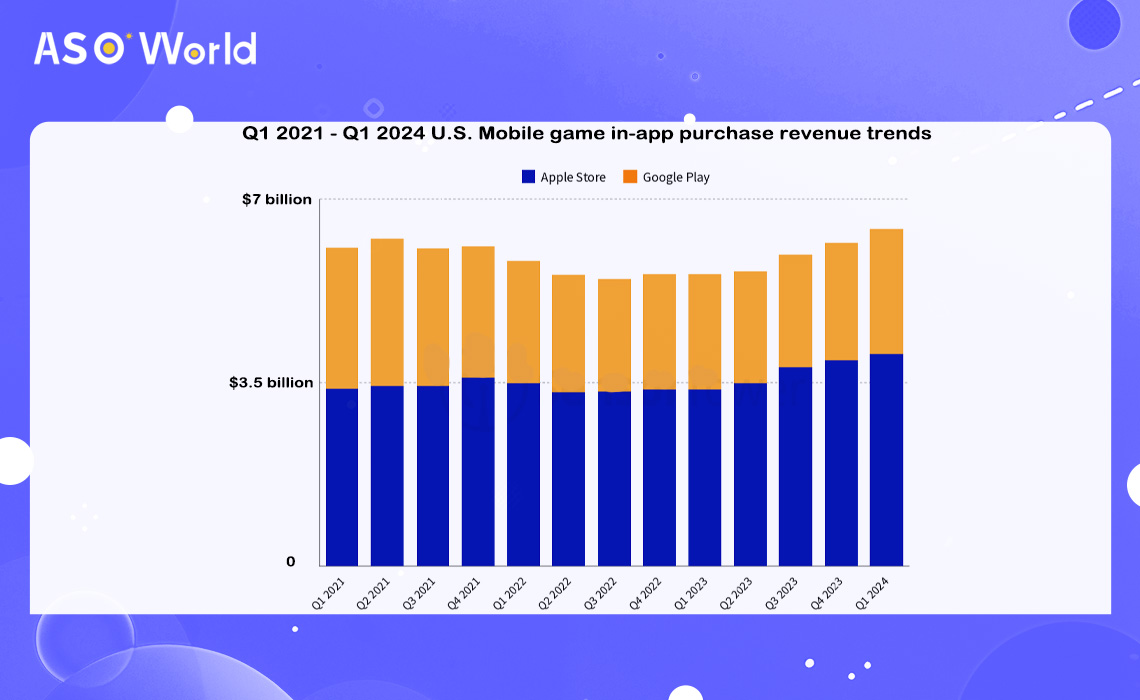
Introduction
Overview of Mobile Gaming
Mobile gaming, once a niche pastime, has transformed into a cultural phenomenon. From simple brick-breaking games to immersive role-playing experiences, the variety of mobile games available suit a diverse audience. Imagine a bustling subway where everyone is glued to their devices, engaged in everything from quick puzzle games to expansive virtual worlds. This scene illustrates how mobile gaming integrates seamlessly into everyday life, allowing players to dive into thrilling adventures at their convenience.
Growth and Popularity of Mobile Gaming
The rise of mobile gaming is nothing short of remarkable. Statistics show that:
- Over 2.7 billion mobile gamers globally, with numbers continually rising.
- Revenue reached $77 billion in 2020, surpassing traditional gaming markets.
This growth can be attributed to factors such as:
- The ubiquity of smartphones
- The advent of high-speed internet
- Increased access to app stores
For many individuals, mobile gaming offers a quick escape—whether waiting in line or unwinding after a long day. This accessibility fosters a vibrant community. With platforms like TECHFACK leading the conversation around gaming trends, enthusiasts are always in the loop! As mobile games become more innovative, the excitement for what’s next is palpable.

The Evolution of Mobile Gaming
Early Beginnings
The journey of mobile gaming traces back to the late 1990s. It all started with basic games like “Snake” on Nokia phones, captivating players with its simplicity and addictive nature. I remember waiting eagerly to finish class so I could sneak in a game or two during recess. It was an era when gaming was starting to extend beyond the confines of living rooms, giving birth to a new way of play.
By the early 2000s, mobile gaming began to establish itself with the introduction of Java-based games on flip phones. These games were limited but laid the groundwork for future innovations.
Advancements in Technology
As technology advanced, so did mobile gaming. Here are some key milestones:
- Smartphones: The launch of Apple’s iPhone in 2007 revolutionized the mobile experience, introducing touch screens and app stores.
- Quality Graphics: With improved hardware capabilities, games could feature high-resolution graphics, deep narratives, and enhanced gameplay.
- Online Connectivity: The proliferation of 3G and 4G networks allowed for seamless online gaming.
Today, mobile gaming features stunning visuals, intricate storylines, and social multiplayer experiences that draw players in from all walks of life. It’s an evolution that continues to unfold, continually shaped by the spirit of innovation.

Mobile Gaming Trends
Rise of Freemium Games
The landscape of mobile gaming has significantly shifted with the rise of freemium games—titles that are free to download and play but include optional in-game purchases. This model has transformed how players engage with games. I personally remember downloading “Candy Crush Saga” for free, only to find myself tempted by colorful boosters to help clear those challenging levels!
Key points about the freemium model include:
- Accessibility: Freemium games attract a wider audience since anyone can start playing without an upfront investment.
- Monetization: Developers strategically create in-game features that encourage purchases, ensuring they sustain and grow their revenue streams.
- Community Building: Many freemium games foster vibrant communities, as players collaborate to complete challenges and share strategies.
Mobile eSports and Competitive Gaming
Alongside freemium games, mobile eSports have surged, drawing competitive players and enthusiastic spectators. Titles like “PUBG Mobile” and “Mobile Legends” have turned casual gaming into serious competition. In fact, I often find myself captivated by live tournaments that showcase players’ skills, tactics, and teamwork.
Key elements of mobile eSports include:
- Tournaments: There are now numerous platforms hosting competitive events with substantial cash prizes.
- Streaming Platforms: Services like Twitch allow fans to watch their favorite players in action, further cementing the eSports culture.
This blend of accessibility and competition is shaping a diverse gaming ecosystem, underscoring the resonance of mobile gaming in today’s society.

Impact of Mobile Gaming
Social Connections and Communities
The impact of mobile gaming extends beyond just entertainment; it has fostered vibrant social connections and communities. Playing games like “Among Us” or “Fortnite” has provided a platform to interact with friends and strangers alike. I recall joining a group of friends for a late-night gaming session, where we bonded over hilarious moments and strategic teamwork, even though we were miles apart.
Key aspects of social connectivity through mobile gaming include:
- Global Reach: Players from different backgrounds and countries connect, promoting diversity and shared experiences.
- Community Building: Many games feature social elements, such as clans or guilds, creating a sense of belonging.
- Events and Gatherings: Mobile gaming often leads to real-life meetups and conventions, further solidifying friendships forged through gameplay.
Psychological Effects and Benefits
Moreover, mobile gaming provides various psychological effects and benefits. Engaging in games can serve as a form of stress relief and escapism. Many players find comfort in immersing themselves in game worlds, especially after hectic days.
Some psychological benefits include:
- Cognitive Skills: Fast-paced games enhance reaction times and strategic thinking.
- Problem-Solving: Puzzle and strategy games encourage critical thinking and innovation.
Ultimately, as mobile gaming evolves, its impact on socialization and mental well-being remains significant, influencing how we connect and cope in an increasingly digital world.

The Future of Mobile Gaming
Virtual Reality and Augmented Reality Integration
As we look ahead, the integration of Virtual Reality (VR) and Augmented Reality (AR) stands poised to transform the mobile gaming experience entirely. Just think back to the excitement when “Pokémon GO” flooded parks with players hunting for virtual creatures! This was just the tip of the iceberg. Now, developers are exploring even more immersive gameplay.
Several potential advancements include:
- Enhanced Realism: AR can merge digital characters into our physical world, making gamified treasure hunts or fitness experiences even more engaging.
- Social Interactions: VR can create virtual environments where players can meet and interact, enhancing the social aspect of gaming even further.
Gaming on 5G Networks
Another game-changer on the horizon is the rollout of 5G technology. With lightning-fast internet speeds, mobile gaming experiences will be revolutionized. I often recall struggling with lag during critical moments in a game; thankfully, 5G promises to eliminate these frustrations.
Key benefits of 5G in mobile gaming include:
- Real-Time Streaming: Players can enjoy high-quality graphics with minimal loading times, even for online multiplayer games.
- Expanded Game Worlds: Developers can create expansive, open-world games that run seamlessly on mobile devices, enhancing exploration and interaction.
The future of mobile gaming shines brightly, with AR, VR, and 5G leading the charge, promising experiences that engage players like never before!

Predictions for Mobile Gaming
Potential Market Growth
As we navigate the future of mobile gaming, one cannot help but marvel at the potential market growth on the horizon. With the global gaming audience expanding every day, the industry is projected to reach staggering figures. In fact, experts predict that by 2025, the mobile gaming market could exceed $100 billion in revenue!
Some contributing factors include:
- Increased Accessibility: As smartphones become more affordable worldwide, more players will join the community.
- Emerging Markets: Regions such as Africa and Southeast Asia are beginning to embrace mobile gaming, adding millions to the user base.
Technological Innovations and Developments
Moreover, the pace of technological innovations is nothing short of exhilarating! Cutting-edge advancements will likely reshape how we engage with mobile games. For instance:
- Cloud Gaming Services: Platforms like Google Stadia and Xbox Cloud Gaming may allow players to stream high-quality games directly to their devices without the need for powerful hardware.
- AI Integration: Enhanced AI could lead to more personalized gaming experiences, adapting challenges and stories based on a player’s style.
With these trends in mind, it’s clear that the future of mobile gaming is poised for remarkable expansion, offering both exciting prospects and endless possibilities!

Challenges and Opportunities
Regulatory Issues and Concerns
While the future of mobile gaming is bright, it does face a myriad of challenges, especially regarding regulatory issues and concerns. As the industry grows, government scrutiny increases, particularly surrounding data privacy and in-app purchases. I often hear friends discussing their unease about how much personal information apps collect, which highlights a rising need for transparency.
Key regulatory issues include:
- Data Protection: Balancing user information safety with increasing regulations, like GDPR in Europe.
- Age Restrictions: Ensuring that games remain age-appropriate, which becomes trickier with cross-platform accessibility.
Navigating these challenges will require proactive strategies from developers to build trust and comply with the law.
Monetization and Business Strategies
On the flip side, there are significant opportunities for growth through smart monetization and business strategies. The shift towards diverse revenue models presents many avenues, such as:
- Freemium Models: Offering initial free access while charging for premium features.
- Subscription Services: Platforms like Apple Arcade provide gamers with seamless access to a library of games for a flat fee.
Embracing innovative monetization strategies will not only help developers thrive but also enhance player experience. The balance between creating enjoyable games and ensuring a sustainable business model is critical as we push forward in this dynamic landscape.

Conclusion
Recap of Key Trends and Predictions
In any discussion about the future of mobile gaming, several key trends emerge as pivotal. From the advent of freemium models that revolutionized access and monetization strategies to the rapid growth of mobile eSports, these elements shape the landscape. We’ve also witnessed how technologies like Virtual Reality (VR), Augmented Reality (AR), and 5G networks are setting the stage for immersive gaming experiences that were once only a dream.
As highlighted throughout our conversation, these trends point to an industry poised for continued expansion—with projections estimating market growth to exceed $100 billion in the coming years.
Final Thoughts on the Future of Mobile Gaming
The future of mobile gaming is not just about technological advancement; it’s about fostering community and enhancing user experience. Personally, I believe that as developers continue to innovate, they will craft stories and experiences that resonate with players on deeper levels.
While challenges such as regulatory issues exist, the opportunities for creative business strategies provide a promising outlook. As we charge forward, the excitement surrounding mobile gaming will persist, transforming how we connect and engage with one another through play. The best is yet to come!

